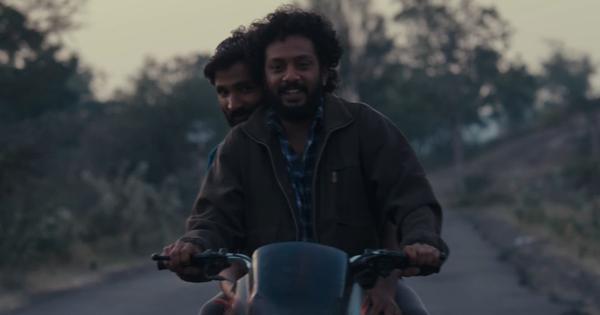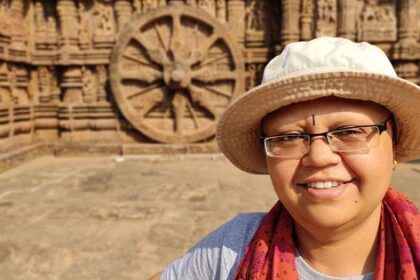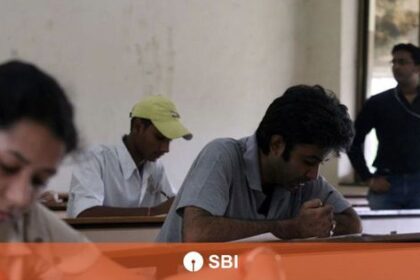Exploring the nuances of love, grief, and societal expectations in rural Maharashtra.
Rohan Kanawade’s debut feature, Sabar Bonda, presents a poignant exploration of love between men, set against the backdrop of rural Maharashtra. The film stars Bhushaan Manoj as Anand and Suraaj Suman as Balya, delving into themes of emotional intensity and the subtleties of desire. Anand returns to his ancestral village following the death of his father, accompanied by his mother, Suman. The village, Kharshinde, imposes a series of mourning rituals that Anand must adhere to, such as abstaining from trimming his beard and hair, and drinking only black tea. However, the unwritten rule of not falling for Balya, the neighbor who shares a childhood bond with Anand, looms large.
While Anand has moved to Mumbai for work, Balya remains in the village, navigating his own concealed sexuality. The two characters find solace in each other’s company amidst the emotional turmoil of family obligations and personal loss. Kanawade’s storytelling is marked by a quiet tenderness, allowing the romance to unfold in a natural, unhurried manner. This film transcends the typical label of a ‘rural gay romance’, presenting a narrative that articulates passion through subtle gestures and whispers, creating a profound sense of intimacy.
Moments between Anand and Balya are crafted to feel timeless, as if the world around them fades away. A notable scene, originally featuring an erotic encounter, has been omitted in the Indian release, yet the remaining sequences maintain a sensuous quality. The title, Sabar Bonda, references cactus pears that grow in the village, symbolizing the forbidden nature of their love—spiky on the outside yet soft within. Anand and Balya navigate their emotional landscapes amid grief and the desire for connection, with several scenes taking on a dream-like quality that reflects Anand’s inner thoughts.
Cinematographer Vikas Urs enhances this narrative with a beautifully intimate 1.66:1 aspect ratio, creating frames that resemble cherished photographs. This visual choice allows for a focus on the nuances of their relationship, often capturing only parts of their faces as they explore their connection. Yet, the presence of family brings a stark reminder of societal constraints, leading to secretive exchanges that underline the tension of their circumstances. Kanawade’s restrained approach to conflict emphasizes the authenticity of love, regardless of societal acceptance, though it occasionally downplays the harsh realities of homophobia that both men face.
Sabar Bonda joins the ranks of Indian queer cinema, following influential works such as Prem Kapoor’s Badnaam Basti and Deepa Mehta’s Fire. Rather than concentrating on the taboos surrounding their love, Kanawade focuses on the lived experiences of Anand and Balya, setting this film apart from its predecessors. The narrative unfolds in natural settings, reminiscent of Brokeback Mountain, where love blossoms in the open air amidst everyday activities. The film’s dreamlike scenes evoke the aesthetics of Thai and Taiwanese cinema, yet Kanawade’s portrayal of two middle-class Maharashtrian men navigating their emotions is distinctly his own.
Running for 116 minutes, Sabar Bonda resonates with emotional depth while maintaining a gentle touch. The performances of the lead actors are compelling, particularly Bhushaan Manoj’s sensitive portrayal of Anand, while Suraaj Suman’s Balya stands out for the sacrifices he makes in the pursuit of his identity. This film captures the essence of forbidden love, inviting audiences to reflect on the complexities of desire and connection within a constrained environment.








